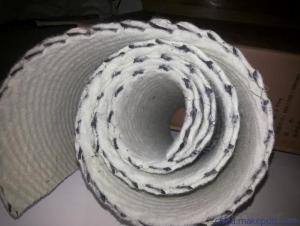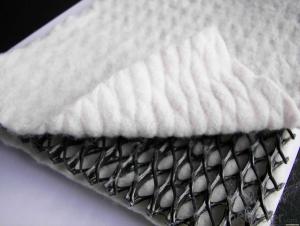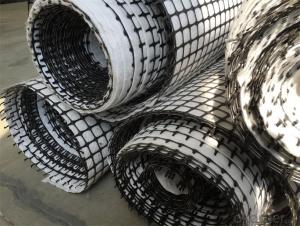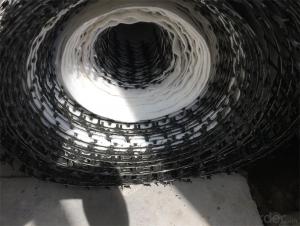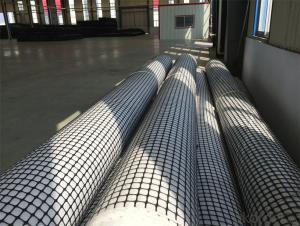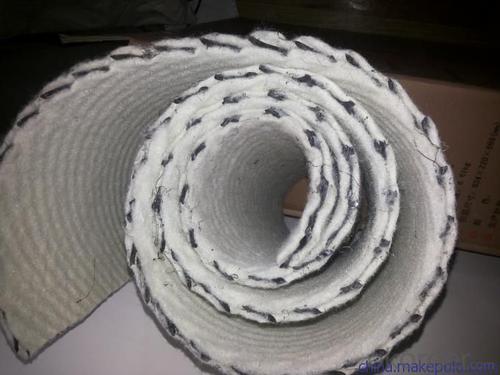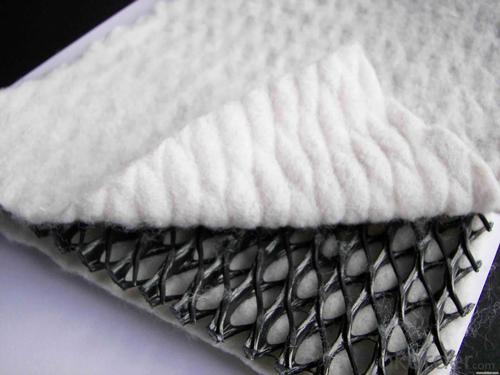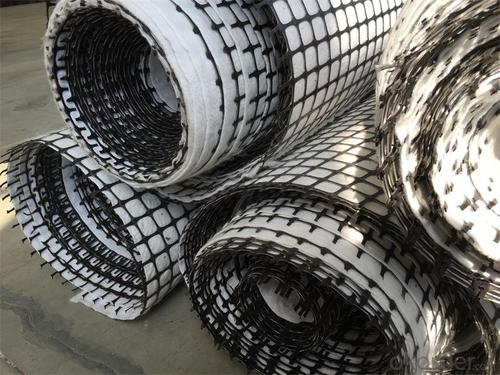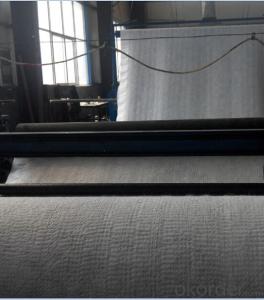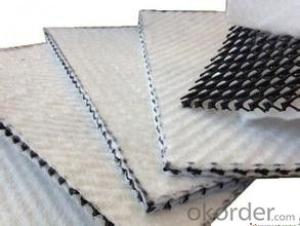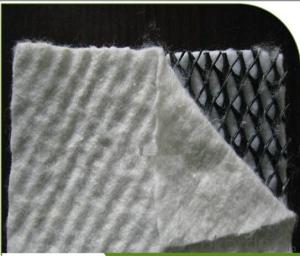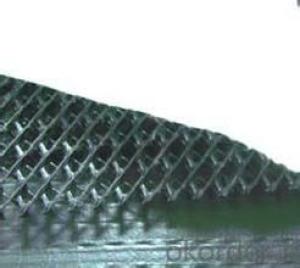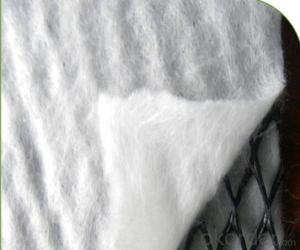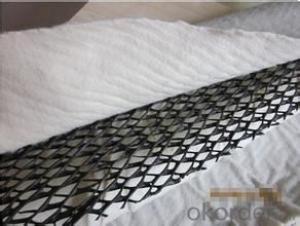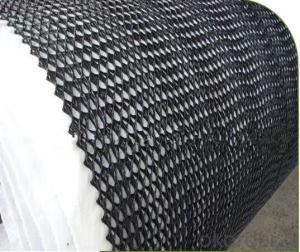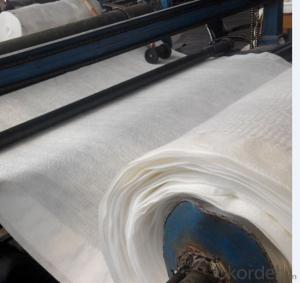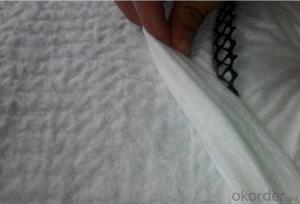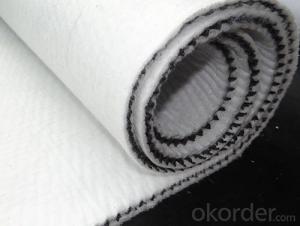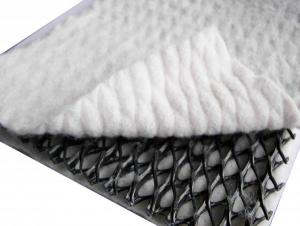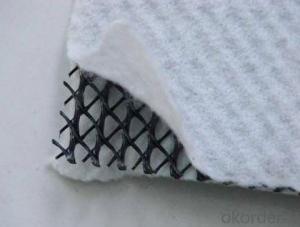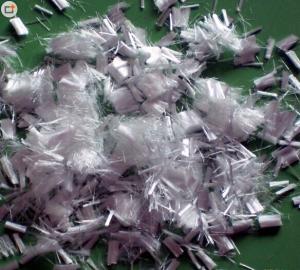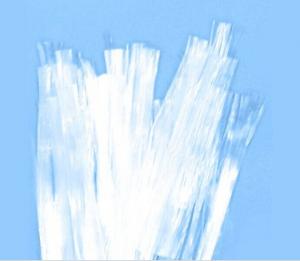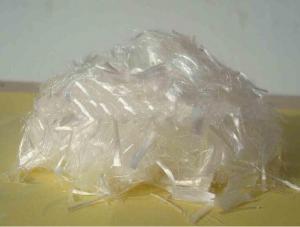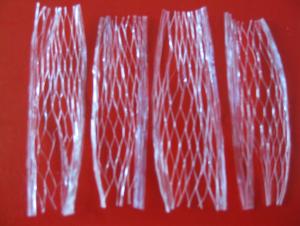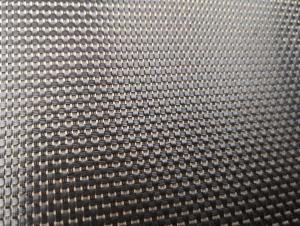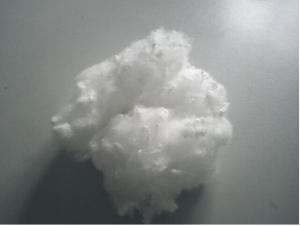Tri-dimension Composite Geonet for Drainage with Width of 5m
- Loading Port:
- Qingdao
- Payment Terms:
- TT OR LC
- Min Order Qty:
- 5000 m²
- Supply Capability:
- 100000 m²/month
OKorder Service Pledge
OKorder Financial Service
You Might Also Like
Product Introduction
It is a new type drainage material, made of geonet and non woven geotextile, a unique tridimension geonet adhibited geotextile on both sides. It has the property of geotextile and geonet.
Product Application
Landfill drainage, roadbed and road drainage, railway drainage, tunnel drainage, underground structure drainage, the retaining back wall drainage, gardens and sports grounds drainage.
Product Specifications:
Geonet thickness: 5m-8m.
Width: 2m-4m.
Weight of non woven geotextile: 200g/m2.
Length: according to clients' request
Packaging Details:pp woven bags or at your request
Delivery Detail:15 days
Product Property:
It has the property of geotextile and geonet and provide a function system filtration-drainage-protection.
The core of net with its unique tri-dimension structure can bear higher compression load in construction and remain the cerain thickness, provide good water conductivity.
FAQ:
Q: What kind of payments could you support?
A: T/T, L/C, Cash are accepted.
Q: Can we visited your factory?
Y: Yes, warmly welcome to visit our factory.
Q: Do you charge for the samples?
A: Accordeing to our company policy, the samples are freee, we only charge the freight fee. And we will return the freight fee during the next order.
Q: Can you produce according to customers' design?
A: Sure, we are professional manufacturer, OEM and ODM are both welcome.
Q: Do you have other products?
A: Yes, please check the pictures:
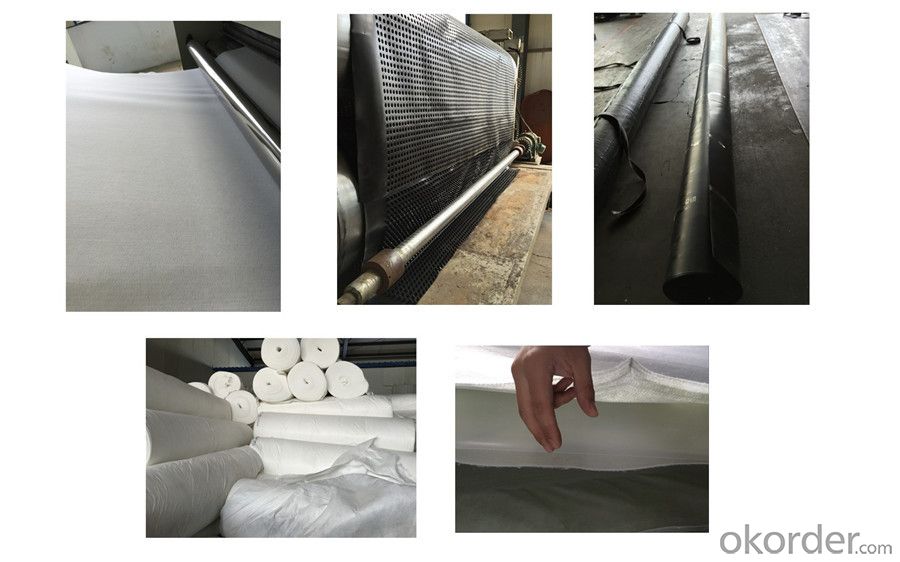
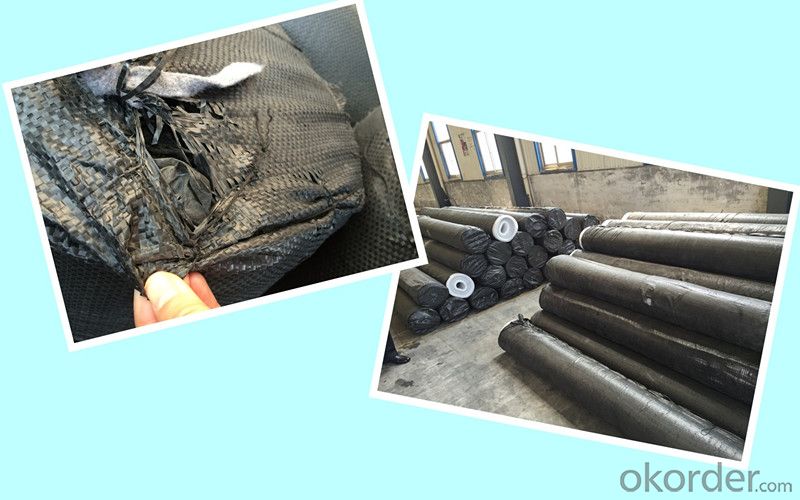
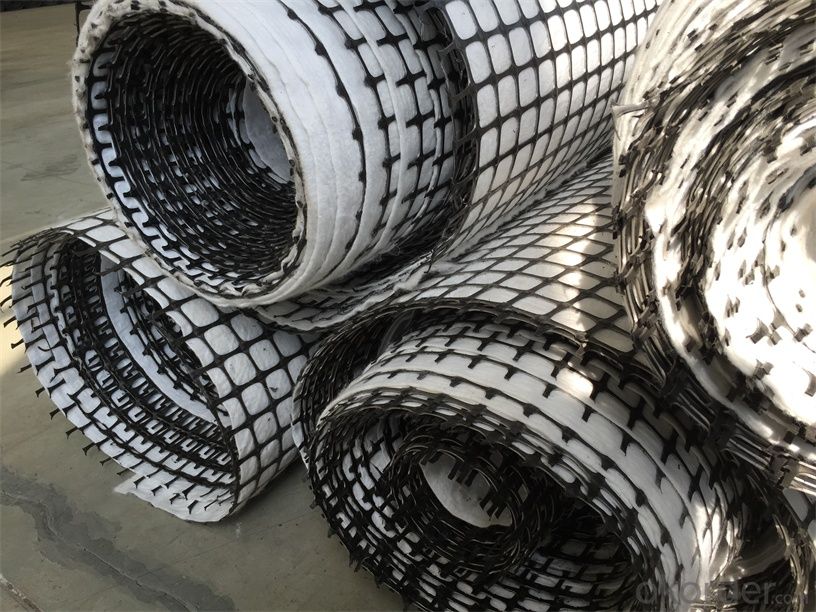
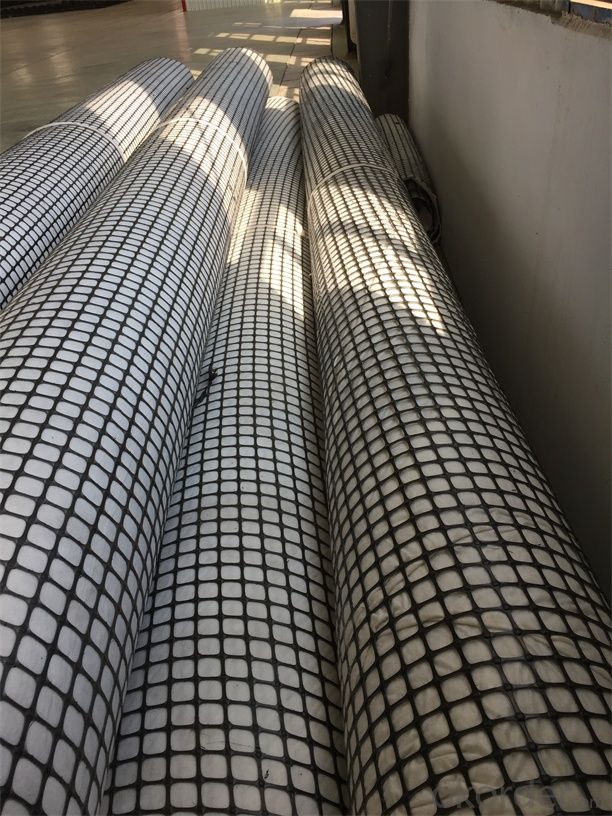
- Q: Why civil engineering materials are important
- From the perspective of resources and the environment and development prospects and other considerations and writing: such as the availability of materials, renewable, reusable, energy consumption, carbon sinks, etc., a lot of small, and need to find the relevant literature.
- Q: Can earthwork products be used for creating terraces and embankments?
- Yes, earthwork products can be used for creating terraces and embankments. These materials, such as soil, rocks, and gravel, can be shaped and compacted to form stable surfaces for terraces and embankments, providing erosion control and structural support.
- Q: What are the key considerations when using geotextile bags for shoreline restoration?
- When using geotextile bags for shoreline restoration, some key considerations include the choice of geotextile material, the size and weight of the bags, proper installation techniques, the stability and durability of the bags, and the potential impact on the surrounding ecosystem. Additionally, factors such as wave action, water currents, and soil conditions should be taken into account to ensure effective and long-lasting shoreline restoration.
- Q: What is the purpose of using geotextile mats in road construction?
- The purpose of using geotextile mats in road construction is to enhance the stability, durability, and performance of the road. These mats act as a barrier between the subgrade soil and the overlying layers, preventing the mixing of different materials and reducing the potential for soil erosion. Geotextile mats also help in distributing the load evenly across the road surface, preventing the formation of cracks and potholes. Additionally, they improve drainage, reduce water infiltration into the road layers, and provide reinforcement to the road structure, thereby extending its lifespan.
- Q: I am now reading materials science and engineering, when the entrance examination, then you can report civil engineering professional?
- You are cross-professional, the teacher will not like, in the school should also pay attention to. If the election hook the direction of what, it is best not to report a good school. Re-test time will be affected. General school can still be considered.
- Q: How do earthwork products contribute to flood control?
- Earthwork products, such as levees, berms, and retention ponds, play a vital role in flood control. These structures are strategically designed and built to redirect and manage water flow during heavy rainfall or flooding events. Levees act as barriers to prevent water from overflowing riverbanks, while berms help redirect water away from vulnerable areas. Retention ponds are used to collect excess water, reducing the risk of downstream flooding. By effectively managing water flow and minimizing its impact, earthwork products contribute significantly to flood control efforts.
- Q: Can geocells be used for ground stabilization?
- Yes, geocells can be used for ground stabilization. Geocells are three-dimensional cellular confinement systems made of high-density polyethylene (HDPE) material, which can be filled with soil, aggregate, or other infill materials. They are commonly used in construction and civil engineering projects to strengthen and stabilize weak or soft soils, prevent erosion, and provide support for load-bearing structures. By confining the infill materials within the geocells, they enhance the load-bearing capacity of the ground, increase its stability, and reduce the risk of settlement or failure.
- Q: The role of materials in civil engineering
- Material refers to the civil engineering materials, broadly include all the materials used in civil engineering. According to the use of points, there are structural materials, waterproof materials, decoration materials, insulation materials, wall materials, etc.
- Q: How do geosynthetic clay liners prevent seepage in pond liners?
- Geosynthetic clay liners prevent seepage in pond liners by utilizing a layer of bentonite clay sandwiched between two layers of geotextile fabric. The clay liner acts as a barrier, swelling when it comes into contact with water to create a low-permeability seal that prevents seepage and leakage from the pond.
- Q: How are geotextile mats used in erosion control on coastal cliffs?
- Geotextile mats are used in erosion control on coastal cliffs by providing a stable surface that helps prevent soil erosion and the loss of land. These mats are typically installed on the slope of the cliff, acting as a barrier against the impact of waves, wind, and rain. The mats are designed to allow water to pass through while trapping sediment and preventing it from being washed away. Additionally, geotextile mats promote the growth of vegetation, further enhancing their effectiveness in stabilizing the cliff face and reducing erosion.
Send your message to us
Tri-dimension Composite Geonet for Drainage with Width of 5m
- Loading Port:
- Qingdao
- Payment Terms:
- TT OR LC
- Min Order Qty:
- 5000 m²
- Supply Capability:
- 100000 m²/month
OKorder Service Pledge
OKorder Financial Service
Similar products
Hot products
Hot Searches
Related keywords
